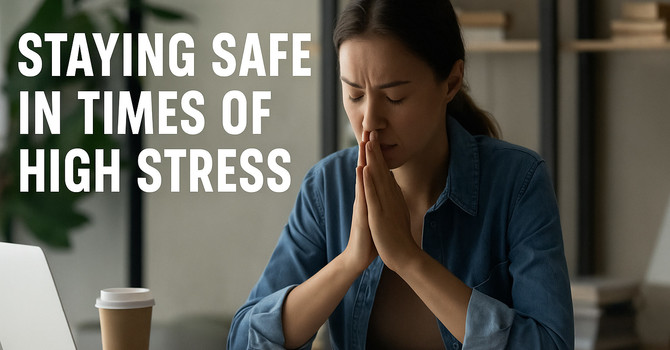Emergencies often strike without warning, disrupting daily life and potentially leaving individuals without essential services. One fundamental aspect of being prepared is having a 72-hour emergency kit. While assembling such a kit might not seem urgent, its significance during unforeseen events is paramount.
Why a 72-Hour Emergency Kit?
In the aftermath of disasters, it may take emergency responders up to 72 hours to reach affected individuals. A well-prepared emergency kit ensures you and your family can sustain yourselves during this critical period. Emergencies can arise from various situations, including:
-
Natural disasters, including hurricanes, wildfires, floods, earthquakes, and severe storms, can cause power outages, damage infrastructure, and limit access to necessities.
-
Winter Storms and Power Outages: Heavy snowfall and ice storms can disrupt power and water supplies, making it essential to have backup resources.
-
Public Health Emergencies: Pandemics or contamination events may require individuals to shelter in place with sufficient supplies.
-
Evacuations: Fires, chemical spills, or gas leaks may force individuals to leave their homes quickly. A grab-and-go emergency kit can provide vital resources during a time of displacement.
-
Economic and Supply Chain Disruptions: Unexpected events can lead to shortages of food, water, and fuel, making it helpful to have extra supplies at home.
-
Extended Road Closures: Landslides, infrastructure failures, or severe accidents may leave individuals stranded for prolonged periods.
Essential Components of the Kit
For additional guidance, the Canadian Red Cross provides a comprehensive checklist for emergency preparedness.
Creating a comprehensive emergency kit doesn't have to be overwhelming. Here's a breakdown of the fundamental items:
-
Water: Store at least 4 litres per person per day for drinking and sanitation purposes.
-
Food: Stock non-perishable items such as canned goods, energy bars, and dried foods. Remember to include a manual can opener.
-
First Aid Supplies: Include bandages, antiseptics, prescribed medications, and a basic first aid manual.
-
Tools and Safety Items: A flashlight with extra batteries, a whistle to signal for help, dust masks to filter contaminated air, and basic tools like a multi-tool or pocket knife.
-
Personal Items: Hygiene products, extra clothing, copies of essential documents (e.g., identification, insurance policies), and some cash in small denominations.
-
Special Needs: Items for infants, elderly family members, or pets, including baby formula, medications, and pet food.
Gradual Preparation: A Practical Approach
Recognizing that assembling this kit might seem daunting, consider a step-by-step approach:
-
Start Small: Each week, add a few items to your shopping list dedicated to the emergency kit.
-
Use Checklists: Utilize resources like the Government of Canada's Emergency Preparedness Guide to track your progress.
-
Incorporate Family: Engage family members in the process, making it a collective activity that emphasizes the importance of preparedness.
Provincial and Territorial Resources
For more detailed guidance and localized information, consider the following resources:
-
Alberta: Alberta Emergency Management Agency
-
British Columbia: Preparedbc
-
Manitoba: Manitoba Emergency Measures Organization
-
New Brunswick: New Brunswick Emergency Measures Organization
-
Newfoundland and Labrador: Fire and Emergency Services Newfoundland and Labrador
-
Northwest Territories: Northwest Territories Emergency Management Organization
-
Nova Scotia: Emergency Management Office
-
Nunavut: Emergency Management in Nunavut
-
Ontario: Emergency Management Ontario
-
Prince Edward Island: PEI Emergency Measures Organization
-
Quebec: Sécurité civile du Québec
-
Saskatchewan: Saskatchewan Public Safety Agency
In Conclusion
While assembling a 72-hour emergency kit may not be an immediate priority, taking proactive steps can significantly impact your safety and well-being in the event of unforeseen circumstances. By gradually building and maintaining this kit, you ensure that you and your loved ones are prepared to face emergencies with resilience and confidence.





